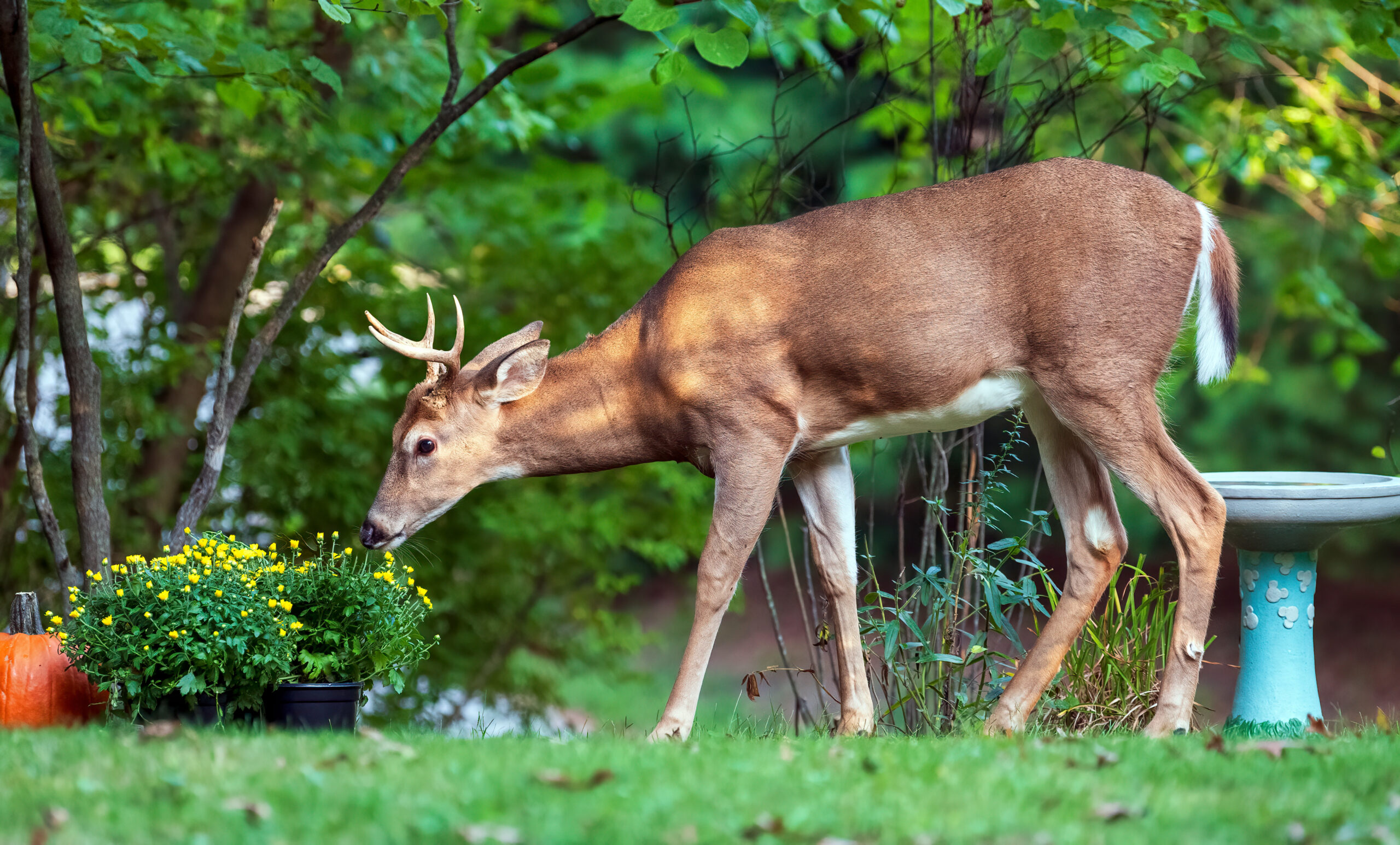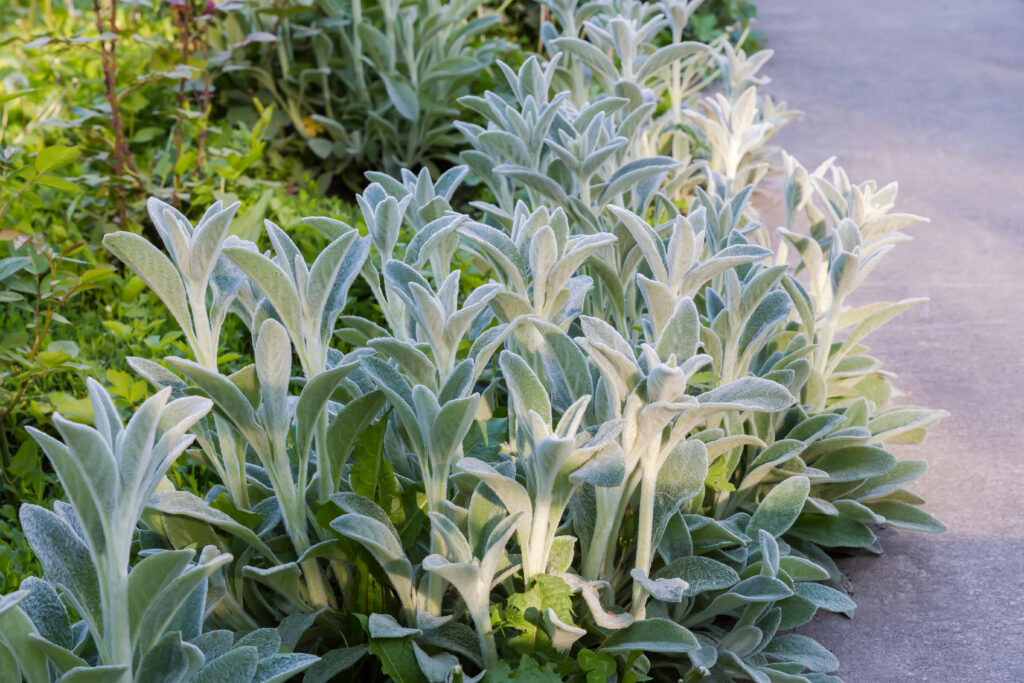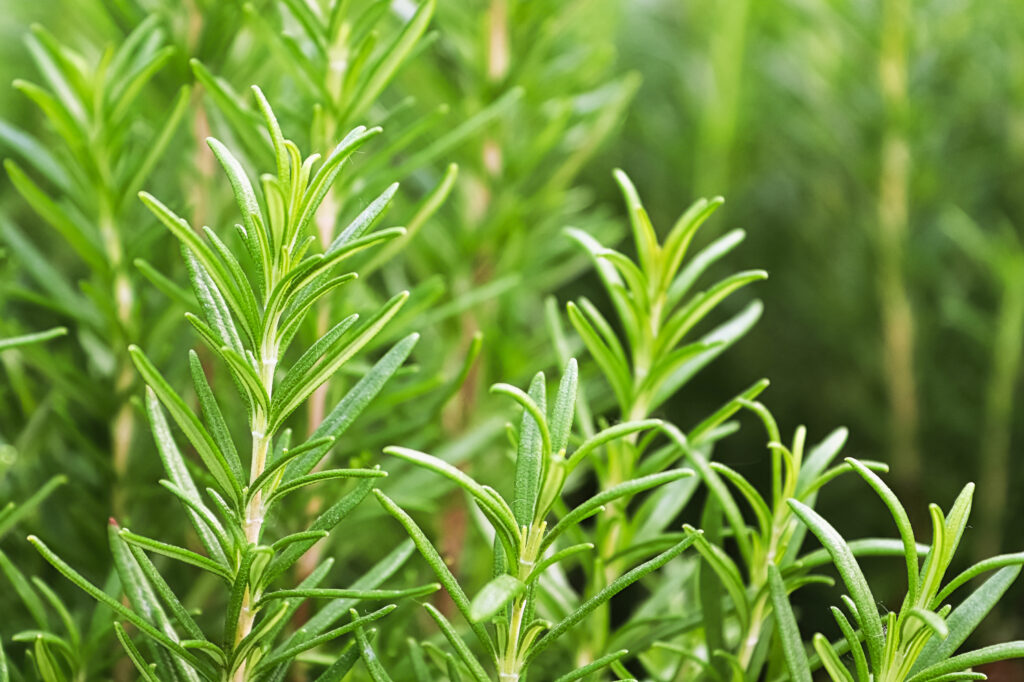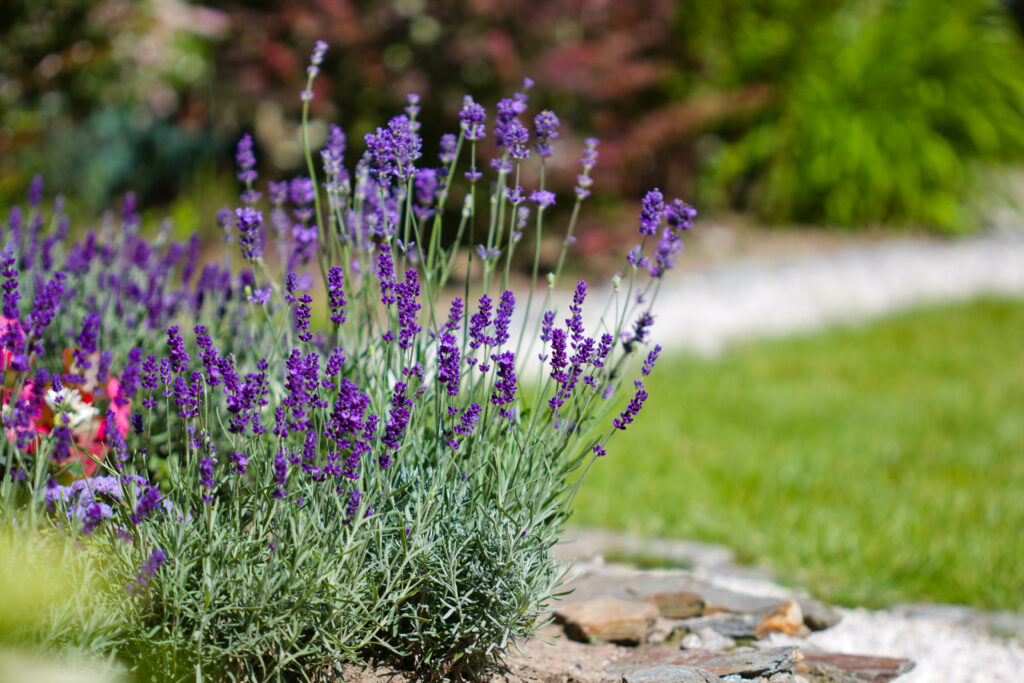
Deer Repellent Landscaping Design for the Pacific Northwest
Whether you’ve just moved to the Pacific Northwest (PNW) or are a long-term resident, you take pride in how your yard looks. But the plants and flowers you love and tend to may also be a tasty target for deer. If you’ve struggled with deer damage to your yard in the past or want to take steps now to prevent future damage, here’s how to design an outdoor setting that can deter deer.
Why Are Deer Attracted to My Yard?
Hungry deer are often attracted to residential landscapes thanks to grass, flowering plants, and young trees. These tasty treats are often safe and easy to get to, making your backyard an attractive target.
Signs of Deer Damage
While missing fruits and vegetables can be blamed on all sorts of critters, this could be deer damage.
If you suspect deer have been in your yard, examine your trees. Inspect the lower part of the trunk for missing bark. Deer rubbing its antlers against the trunk to help shed velvet and grow new antlers can cause that kind of damage. Also, missing lower branches that you didn’t prune could indicate a deer has been grazing on the tree.
How to Incorporate Deer Repellent Landscaping Design in Your Garden
While nothing is 100% deer-proof, incorporating certain deer-repellent elements in your landscaping design can keep it from becoming an all-you-can-eat buffet for deer.
Understand Deer Behavior
Deer are more likely to damage your landscape in the spring and early summer when your plants, trees, and shrubs are beginning to bloom and grow. However, deer will avoid certain plants due to their taste, texture, or odor. Finally, deer are timid and will flee if they see or hear something they perceive as threatening.
Start With a Deer Repellent Design Plan
Using natural barriers as part of your deer-resistant garden or landscape is a great way to use natural elements to deter deer.
Some landscapes incorporate a layered approach, like placing deer-resistant plants such as tall or thick shrubs in front of shorter plants, bushes, and vegetables to discourage deer from entering the yard and causing damage. Alternatively, you can try companion planting by mixing deer-resistant flowers with ornamental plants, like planting lavender next to your vegetables.
Using this kind of landscape design not only protects your garden from deer damage but also creates a landscape that’s visually interesting. And in the event of deer damage to your yard, a mix of plants can hide it.
Choose the Right Plants
While a deer-proof plant doesn’t exist, incorporating deer-resistant plants throughout your landscape increases the odds deer stay away from your yard. These plants are often less appealing to deer due to their taste, texture, or scent. Some deer-resistant plants are:
- Rosemary, sage, nepeta (catmint), phlox, bee balm, and sweet woodruff have strong scents
- Yucca, holly, lamb’s ear, sedum, juniper, and pachysandra have furry or spiky textures
- Astilbe and lavender taste bitter and have a strong smell
Using some or all of these native plants will help create a natural barrier that’s deer-resistant and can protect vulnerable plants from harm.

Physical Barriers
While natural barriers are a good place to start, sometimes they aren’t enough. In that case, you may need to add some physical barriers to your landscaping.
Fencing is an excellent way to repel deer. Not only will it protect your yard with the right planning, it can enhance the privacy and look of your landscaping. Though deer can jump over an eight or possibly 12-foot tall fence, having one may be enough to stop deer from entering your yard to graze.
Visual Deterrents
If you’ve ever encountered a deer, you probably know they’re easily startled by sudden movement or noise and will quickly flee. Use this to your advantage and include visual or auditory deterrents as part of your landscaping.
Passive deterrents include pinwheels, ribbons, and wind chimes. While they depend on wind to work, they can be effective due to their unexpected movement and sound.
Active deterrents operate when they sense motion. These devices turn on bright lights, make loud sounds, or spray water, all of which can startle deer away from the yard.
Add a Deer-Friendly Zone
If you have a large property, consider creating a deer-friendly area. Planting clover, alfalfa, or fruit trees nearby can encourage deer to stay away from the area you’re protecting.
Maintain Your Landscaping
Finally, maintaining your landscaping will discourage deer from approaching your yard in the first place.
Deer like to hide in overgrown grass and behind large bushes. Regularly mowing the lawn and clipping hedges or bushes eliminate the places deer take cover and make it less likely they’ll be drawn to yours.
Additional Deer Deterrent Strategies
If you’ve tried these deer-resistant ideas and they haven’t worked or they aren’t the right techniques for your property, here are a few additional deer-resistance tactics you can try.
Deer Repellent
Deer repellent, sometimes called deer spray, can be an effective deer deterrent. It smells or tastes bad to deer, discouraging them from damaging plants. Deer spray comes in liquid, spray, or granule form. Simply apply it to whatever plants, trees, or shrubs you’re protecting.
While an effective solution, deer spray has to be applied frequently and doesn’t work under every condition. For example, you generally have to reapply deer repellent after it rains, and many don’t work as well when it’s cold.
Cages and Containers
If all you want to protect is a few small plants or vegetables, using cages or a container garden might be a better solution for you.
A container garden can be placed close to your house, making it less likely the deer will approach those plants. And you can surround small plants with larger ones, similar to the layered landscape approach for large yards.
You can also enclose small plants or your container garden with cages. While they may not be the prettiest look, they can be very deer-resistant.
Adopt a New Best Friend
While it’s a big commitment, dogs are a natural deer repellent.
First, dogs can sense when other creatures are nearby. When they’re in the yard, they may start barking or growling if a deer approaches, scaring the deer away. Deer also have a keen sense of smell, so even if they don’t get close to the yard, they may smell Fido and look for a safer place to graze.
Deer Resistant Design Can Protect Your Yard
Ultimately, nothing is 100% deer-proof, but using these design tips in your landscaping can discourage deer from grazing in your yard and keep your plants healthy all year long.




